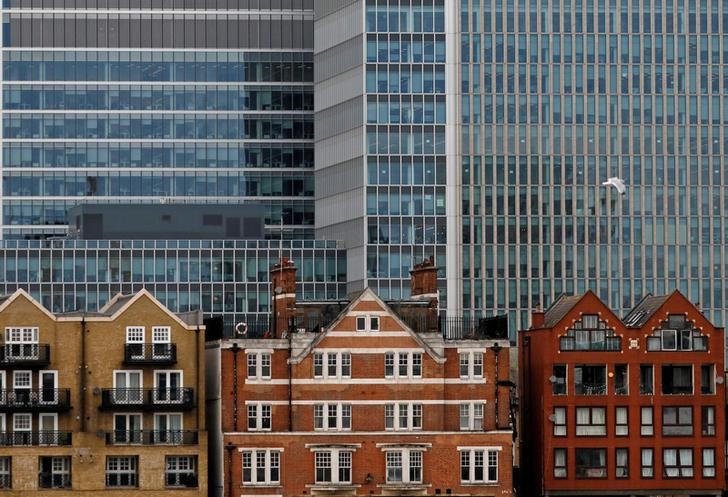

Households in London are facing significant financial hardship, with many unable to afford unexpected bills, according to a recent poll conducted by Savanta for the Centre for London [bde81a0e]. The survey found that one in four Londoners could not afford an unexpected £50 bill, and 14% of respondents could not afford a surprise bill of £20 without assistance [bde81a0e]. Additionally, 30% of respondents considered food and energy costs to be unaffordable [bde81a0e]. The think tank highlighted that one in four Londoners are living in poverty after housing costs [bde81a0e]. The poll also revealed a gender divide, with 73% of women and 58% of men stating that they are unable to afford an unexpected bill of £1,000 [bde81a0e].
These findings shed light on the financial struggles faced by many Londoners, highlighting the impact of rising living costs and stagnant wages. The survey results underscore the urgent need for measures to address the affordability crisis and support vulnerable households in the city [bde81a0e].
In addition to financial hardship, the high cost of housing in London continues to be a major concern. A recent study by Investing.com UK reveals that eight of the UK's top twenty most unaffordable locations for homebuyers are in London, with Kensington and Chelsea being the most expensive and least affordable area [d82aead4]. Other expensive areas in London include Westminster, Camden, Hammersmith and Fulham, Barnet, Islington, Harrow, and Merton [d82aead4]. Outside of London, the Home Counties, particularly Surrey, are also high on the unaffordability scale [d82aead4].
The study highlights the economic and social implications of the high housing costs and the disparities in housing affordability across the country. The combination of financial hardship and unaffordable housing puts a significant strain on Londoners, exacerbating inequality and hindering economic mobility [d82aead4] [bde81a0e].